
Hard ground etching printed in black and red.
16½ x 16½"; 26 x 24½". 15.
Crown Point Press and Lawrence Hamlin.
$1,500 fair market value Proof AvailableProof Available

Color spit bite aquatint and soft ground etching.
10 x 8"; 15 x 12½". 15.
Crown Point Press and Lawrence Hamlin.
$1,500 InquireInquire

Color spit bite aquatint and soft ground etching.
10 x 8"; 15 x 12½". 15.
Crown Point Press and Lawrence Hamlin.
$1,500 InquireInquire

Color spit bite aquatint and soft ground etching.
10 x 8"; 15 x 12½". 15.
Crown Point Press and Lawrence Hamlin.
$1,500 InquireInquire

Color aquatint with spit bite aquatint.
13 x 15"; 22 x 23½". 25.
Crown Point Press and Lawrence Hamlin.
$2,000 InquireInquire

Color aquatint with spit bite aquatint.
13 x 15"; 22 x 23½". 25.
Crown Point Press and Lawrence Hamlin.
$2,000 InquireInquire

Color aquatint with spit bite aquatint.
13 x 15"; 22 x 23½". 25.
Crown Point Press and Lawrence Hamlin.
$2,000 InquireInquire

Color aquatint wth spit bite aquatint.
13 x 15"; 22 x 23½". 25.
Crown Point Press and Lawrence Hamlin.
$2,000 InquireInquire

Color aquatint with spit bite aquatint.
13 x 15"; 22 x 23½". 25.
Crown Point Press and Lawrence Hamlin.
$2,000 InquireInquire
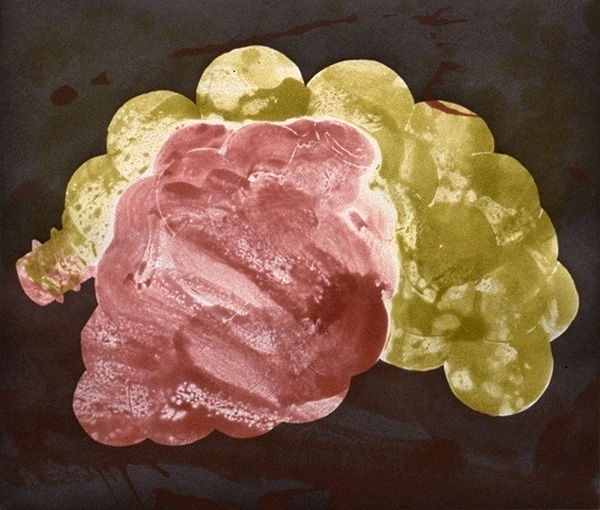
Color aquatint with spit bite aquatint.
13 x 15"; 22 x 23½". 25.
Crown Point Press and Lawrence Hamlin.
$2,000 InquireInquire

Color aquatint with spit bite aquatint.
13 x 15"; 22 x 23½". 25.
Crown Point Press and Lawrence Hamlin.
$2,000 InquireInquire

Color aquatint with spit bite aquatint.
13 x 15"; 22 x 23½". 25.
Crown Point Press and Lawrence Hamlin.
$2,000 InquireInquire

Soft ground etching with aquatint.
8½ x 8½"; 16½ x 15½". 15.
Crown Point Press and Lawrence Hamlin.
$1,500 InquireInquire

Soft ground etching with aquatint.
8½ x 8½"; 16½ x 15½". 15.
Crown Point Press and Lawrence Hamlin.
$1,500 InquireInquire

Soft ground etching with aquatint.
8½ x 8½"; 16½ x 15½". 15.
Crown Point Press and Lawrence Hamlin.
$1,500 InquireInquire
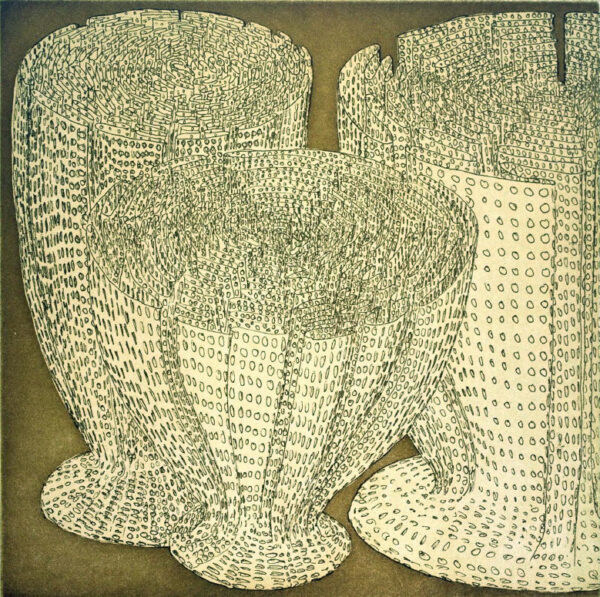
Soft ground etching with aquatint.
8½ x 8½"; 16½ x 15½". 15.
Crown Point Press and Lawrence Hamlin.
$1,500 InquireInquire
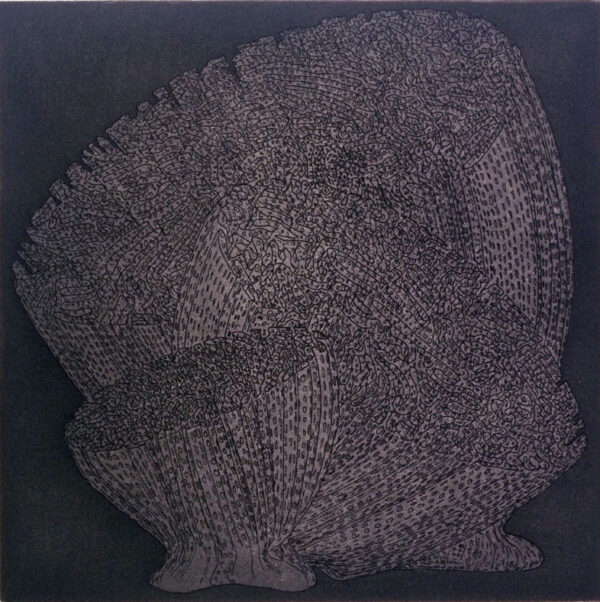
Soft ground etching with aquatint.
8½ x 8½"; 16½ x 15½". 15.
Crown Point Press and Lawrence Hamlin.
$1,500 InquireInquire

Soft ground etching with aquatint.
8½ x 8½"; 16½ x 15½". 15.
Crown Point Press and Lawrence Hamlin.
$1,500 InquireInquire

Soft ground etching with aquatint.
8½ x 8½"; 16½ x 15½". 15.
Crown Point Press and Lawrence Hamlin.
$1,500 InquireInquire

Soft ground etching with aquatint printed in ochre.
8 1/2 x 8 1/2"; 16 1/2 x 15 1/2". 15.
Crown Point Press and Lawrence Hamlin.
$1,500 InquireInquire

Soft ground etching with aquatint.
8 x 6"; 12¾ x 10½". 15.
Crown Point Press and Lawrence Hamlin.
$1,500 InquireInquire
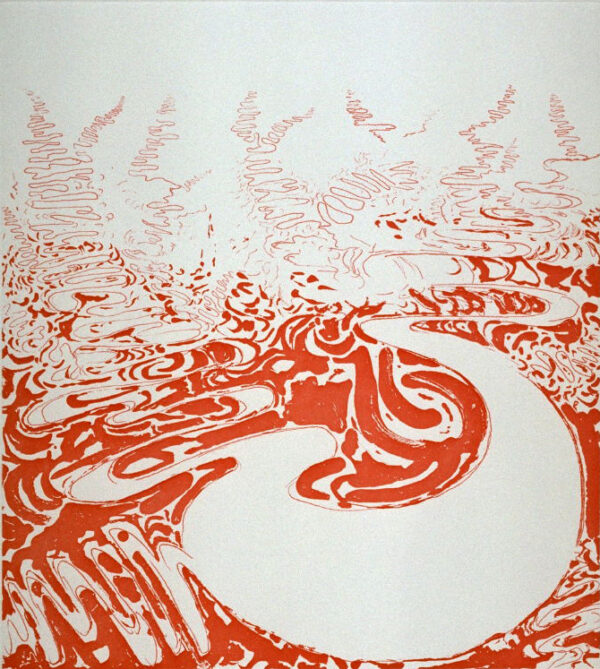
Soft ground etching with sugar lift aquatint printed in red.
12½ x 11½"; 19½ x 17¼". 15.
Crown Point Press and Lawrence Hamlin.
$1,500 InquireInquire

Soft ground etching with sugar lift aquatint printed in red.
20 x 28"; 29¼ x 36". 15.
Crown Point Press and Lawrence Hamlin.
$2,500 InquireInquire

Color spit bite aquatint with aquatint.
20 x 19"; 28 x 26". 35.
Crown Point Press and Lawrence Hamlin.
$3,500 InquireInquire

Color spit bite aquatint with aquatint.
20 x 19"; 28 x 26". 35.
Crown Point Press and Lawrence Hamlin.
$3,500 InquireInquire

Set of five color soft ground etchings with aquatint.
10 x 8"; 19¾ x 16½". 20.
Crown Point Press and Lawrence Hamlin.
$5,500 InquireInquire

From a set of five color soft ground etchings with aquatint.
10 x 8"; 19¾ x 16½. 20.
Crown Point Press and Lawrence Hamlin.
$1,500 InquireInquire

Color soft ground etching with aquatint.
10 x 8"; 19¾ x 16½". 20.
Crown Point Press and Lawrence Hamlin.
$1,500 InquireInquire

Color soft ground etching with aquatint.
10 x 8"; 19¾ x 16½". 20.
Crown Point Press and Lawrence Hamlin.
$1,500 InquireInquire

Color soft ground etching with aquatint.
10 x 8"; 19¾ x 16½". 20.
Crown Point Press and Lawrence Hamlin.
$1,500 InquireInquire
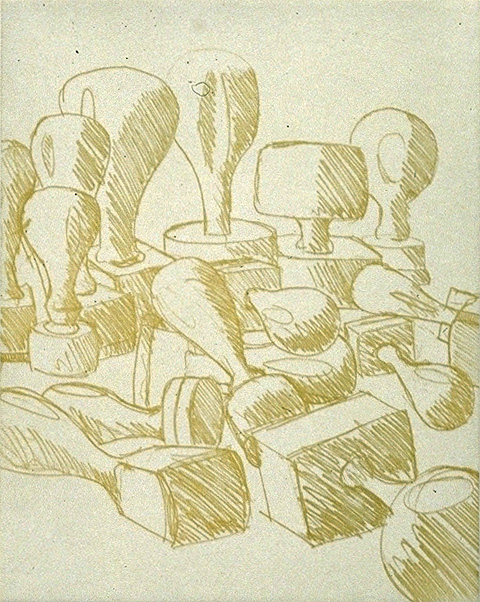
Color soft ground etching with aquatint.
10 x 8"; 19¾ x 16½". 20.
Crown Point Press and Lawrence Hamlin.
$1,500 InquireInquire

Set of five color spit bite aquatints.
10 x 8"; 19¾ x 16½". 20.
Crown Point Press and Lawrence Hamlin.
$5,500 InquireInquire

Color spit bit aquatint.
10 x 8"; 19¾ x 16½". 20.
Crown Point Press and Lawrence Hamlin.
$1,500 InquireInquire

Color spit bite aquatint.
10 x 8"; 19¾ x 16½". 20.
Crown Point Press and Lawrence Hamlin.
$1,500 InquireInquire

Color spit bite aquatint.
10 x 8"; 19¾ x 16½". 20.
Crown Point Press and Lawrence Hamlin.
$1,500 InquireInquire

Color spit bite aquatint.
10 x 8"; 19¾ x 16½". 20.
Crown Point Press and Lawrence Hamlin.
$1,500 InquireInquire

Color spit bite aquatint.
10 x 8"; 19¾ x 16½. 20.
Crown Point Press and Lawrence Hamlin.
$1,500 InquireInquire

Color spit bite aquatint with drypoint and aquatint.
9 x 9"; 17 x 16". 15.
Crown Point Press and Lawrence Hamlin.
$1,400 InquireInquire

Color spit bite aquatint with drypoint and aquatint.
9 x 9"; 17 x 16". 15.
Crown Point Press and Lawrence Hamlin.
$1,400 InquireInquire

Color spit bite aquatint with drypoint and aquatint.
9 x 9"; 17 x 16". 15.
Crown Point Press and Lawrence Hamlin.
$1,400 InquireInquire

Color spit bite aquatint with drypoint and aquatint.
9 x 9"; 17 x 16". 15.
Crown Point Press and Lawrence Hamlin.
$1,400 Unavailable

Color spit bite aquatint with drypoint and aquatint.
9 x 9"; 17 x 16". 15.
Crown Point Press and Lawrence Hamlin.
$1,400 InquireInquire

Color spit bite aquatint with drypoint and aquatint.
9 x 9"; 17 x 16". 15.
Crown Point Press and Lawrence Hamlin.
$1,400 Unavailable

Aquatint.
13¾ x 12"; 25 x 22". 35.
Crown Point Press and Mark Callen.
$1,500 InquireInquire

Aquatint.
13¾ x 12"; 25 x 22". 35.
Crown Point Press and Mark Callen.
$1,500 InquireInquire

Spit bite and water bite aquatints.
8 x 13¼"; 18¼ x 23". 15.
Crown Point Press and Mark Callen.
$1,400 InquireInquire
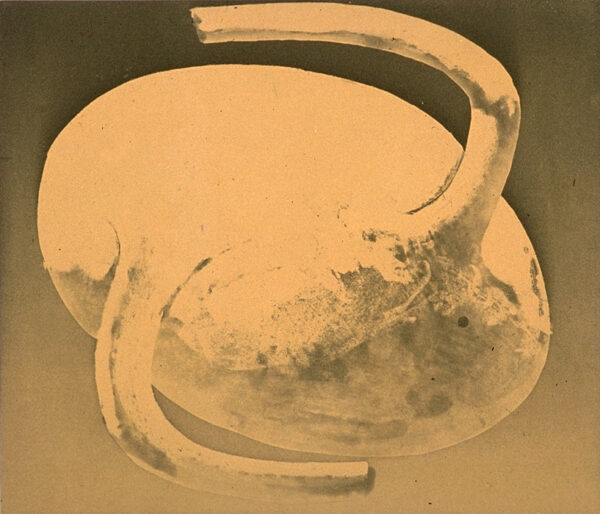
Aquatint with spit bite aquatint printed in black and brown.
12 x 13¾"; 22 x 24". 15.
Crown Point Press and Mark Callen.
$1,400 InquireInquire

Aquatint with spit bite aquatint printed in black and brown.
12 x 13¾"; 22 x 24". 15.
Crown Point Press and InquireInquire

Aquatint with spit bite aquatint printed in black and green.
12 x 13¾"; 22 x 24". 15.
Crown Point Press and Mark Callen.
$1,400 InquireInquire

Portfolio of 11 color soft ground etchings.
varies; 19¼ x 15½. 10.
Crown Point Press and Mark Callen.
$15,000 fair market value Unavailable

Set of five color aquatints.
12 x 13¼"; 23 x 24". 15.
Crown Point Press and Mark Callen.
$3,500 fair market value Unavailable

Aquatint with spit bite aquatint.
11¾ x 13¾"; 22¾ x 23¾". 30.
Crown Point Press and Mark Callen.
$4,000 fair market value Unavailable

Aquatint with spit bite aquatint printed in black and red.
11¾ x 13¾"; 22¾ x 23¾". 30.
Crown Point Press and Mark Callen.
$5,000 fair market value Unavailable

Aquatint with spit bite aquatint.
11½x 35¾ "; 21 x 44". 30.
Crown Point Press and Mark Callen.
$5,000 fair market value Unavailable

Aquatint with spit bite aquatint printed in black and red.
11½ x 35¾"; 21 x 44". 30.
Crown Point Press and Mark Callen.
$5,000 fair market value Unavailable

Aquatint with spit bite aquatint and soft ground etching.
11¾ x 13¾"; 22¾ x 23¾". 20.
Crown Point Press and Mark Callen.
$4,000 Unavailable
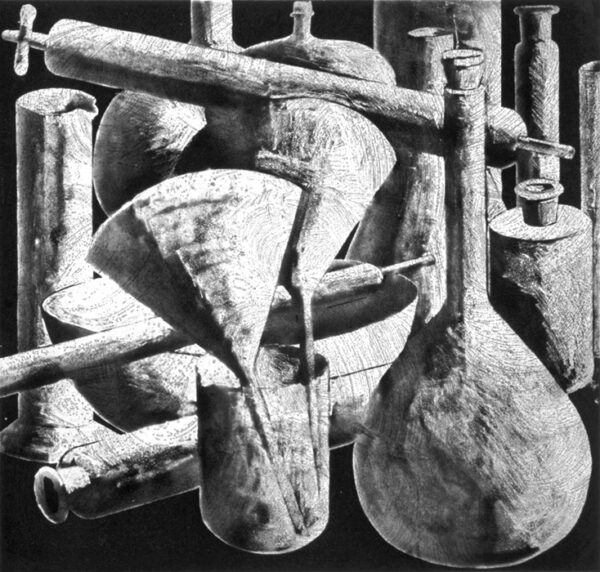
Aquatint with spit bite and soap ground aquatints and flat bite etching.
18½ x 19¼"; 29½ x 29¾". 40.
Crown Point Press and Mark Callen.
$3,500 InquireInquire

Color soap ground and spit bite aquatints with aquatint.
9¼ x 7½"; 17¼ x 14½". 25.
Crown Point Press and Mark Callen.
$2,000 InquireInquire

Aquatint with spit bite aquatint.
7¼ x 12¾"; 17¼ x 22". 25.
Crown Point Press and Mark Callen.
$2,000 InquireInquire

Color aquatint with spit bite aquatint.
7 x 12¾"; 17¼ x 22". 25.
Crown Point Press and Mark Callen.
$2,000 fair market value Unavailable

Aquatint with spit bite aquatint.
14½ x 24"; 30¼ x 38½". 25.
Crown Point Press and Mark Callen.
$4,000 fair market value Proof AvailableProof Available

Color aquatint with spit bite aquatint.
14½ x 24"; 36¼ x 38½". 25.
Crown Point Press and Mark Callen.
$5,000 fair market value Unavailable

Aquatint with spit bite aquatint.
12 x 13¾"; 23 x 20". 15.
Crown Point Press and Mark Callen.
$1,500 InquireInquire